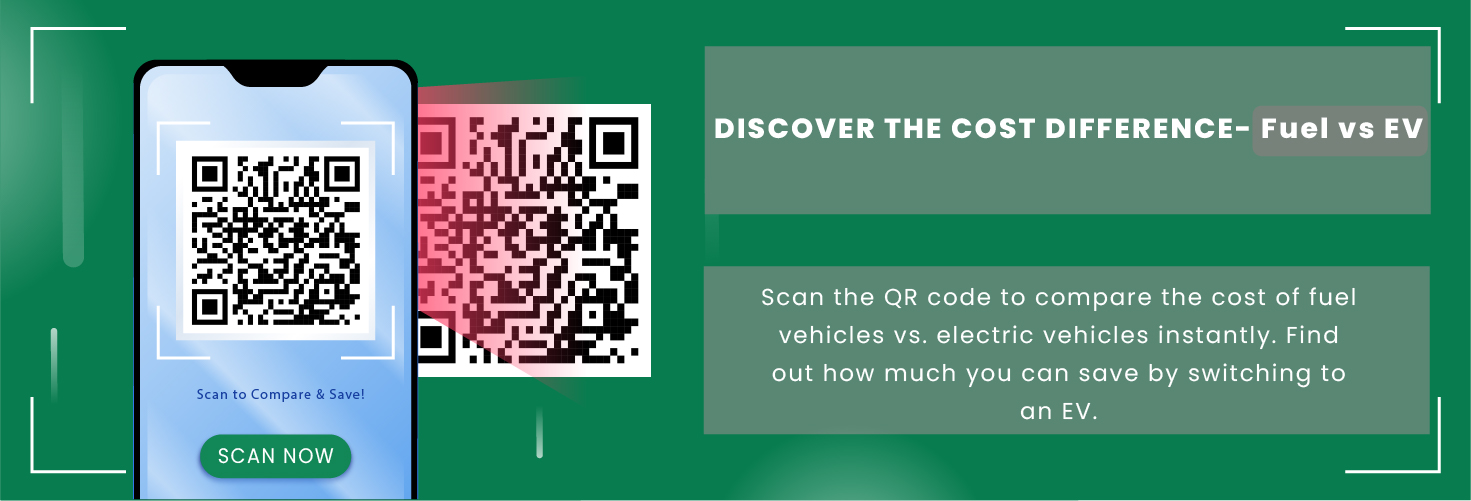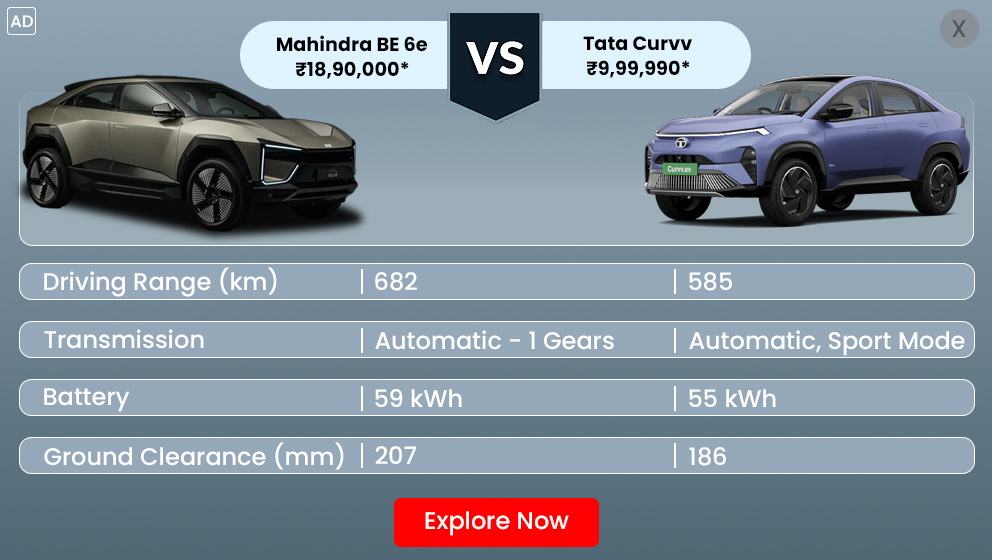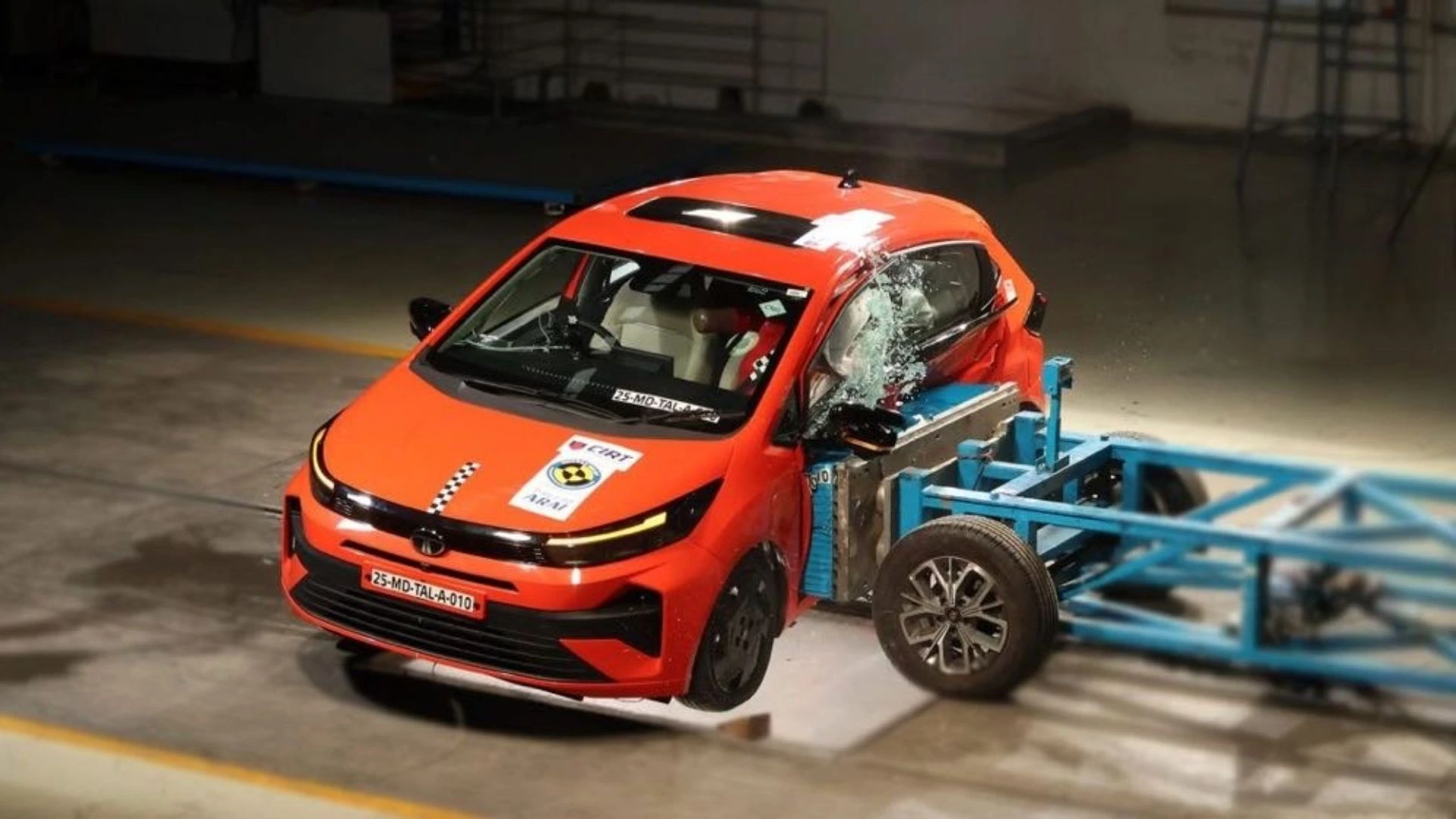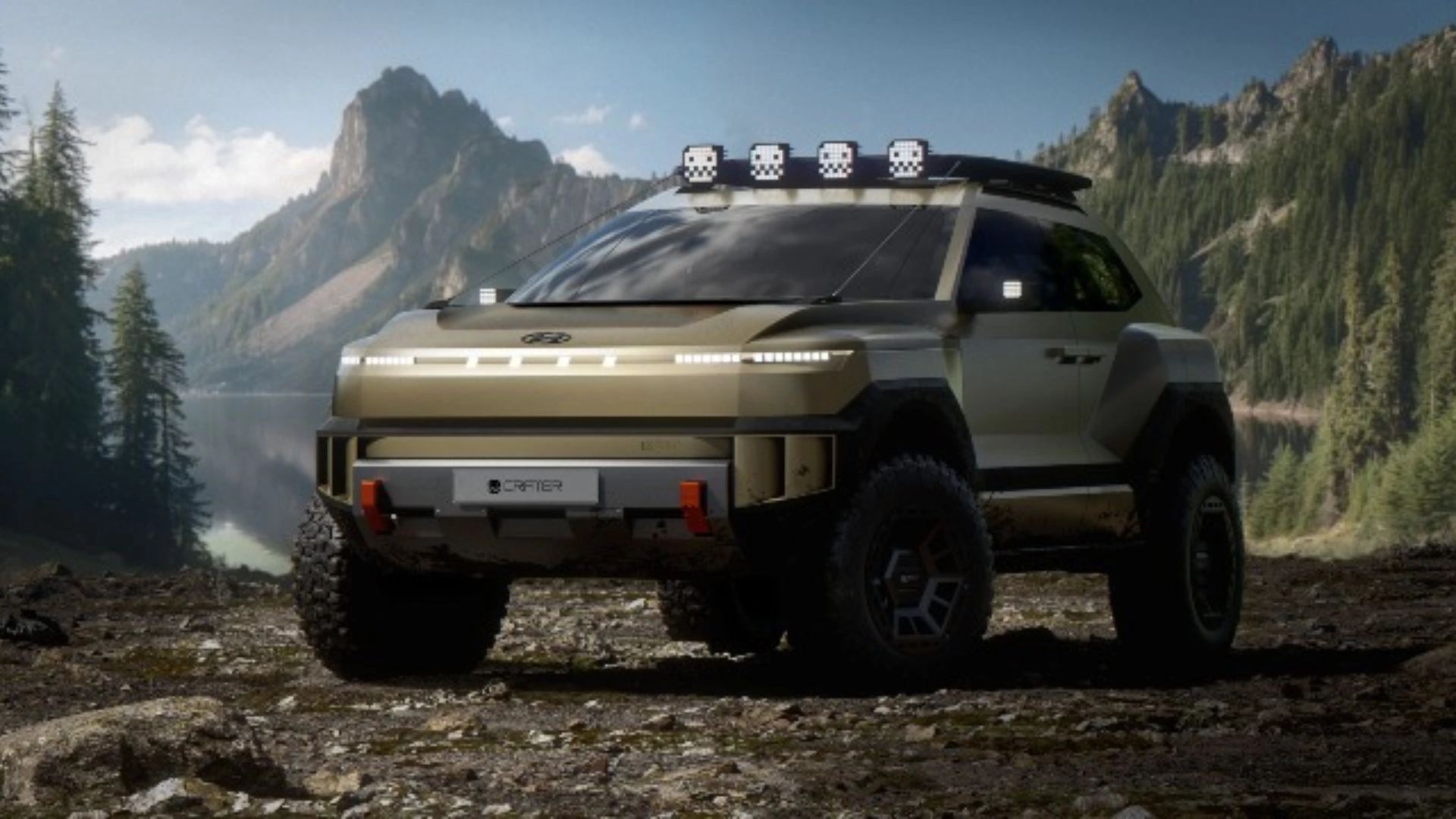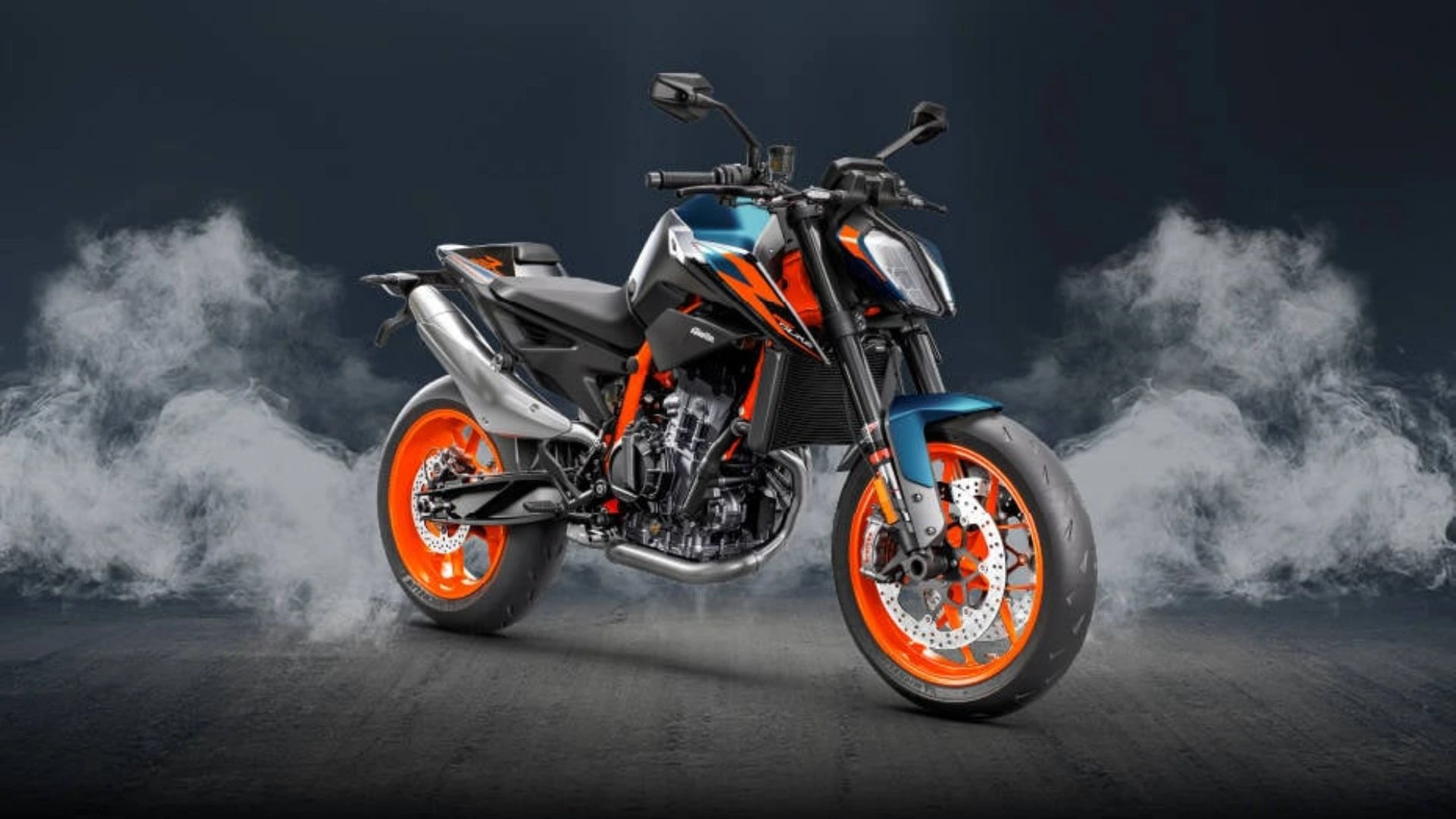India’s car safety story is about to enter a much stricter, more mature phase. The Ministry of Road Transport and Highways (MoRTH) has proposed Bharat NCAP 2.0 under AIS 197 (Revision 1), a major upgrade that aims to move beyond basic crash tests into a wider, real-world-oriented safety assessment.
This new framework will not only raise the bar for five-star ratings but also push manufacturers to think about pedestrians, riders, and post-crash safety—not just the people inside the car.
What Bharat NCAP 2.0 Changes
Under the proposed Bharat NCAP 2.0, star ratings will be calculated out of 100 points across five pillars instead of just adult and child occupant protection plus a few safety assists. The five verticals are:
- Crash Protection – 55% weightage
- Vulnerable Road-User Protection – 20%
- Safe Driving – 10%
- Accident Avoidance – 10%
- Post-Crash Safety – 5%
This means a car can no longer rely only on strong crash structure to earn a high rating; it also needs tech to avoid crashes and protect people outside the vehicle. The current Bharat NCAP protocol, introduced in 2023, remains valid till 30 September 2027, after which Version 2.0 is expected to kick in once finalised.
Stricter Star Rating Rules
Bharat NCAP 2.0 introduces tighter conditions and higher thresholds:
- To be eligible for any star rating, cars must have Electronic Stability Control (ESC) and side head-protection devices (curtain airbags) as standard.
- Autonomous Emergency Braking (AEB) stays optional but can boost scores under accident-avoidance and VRU protection pillars.
- Vehicles with side-facing seats will not be eligible for a rating at all.
Star thresholds will also become tougher over time:
- 2027–2029: 5 stars require at least 70 points
- 2029–2031: 5 stars require at least 80 points
Importantly, a model cannot score zero in any of the five pillars and still get a five-star rating, and red-zone injury values for adult or child dummies will disqualify it from the top score.
New Focus: Pedestrians and Two-Wheeler Riders
For the first time, Bharat NCAP will formally rate how well a car protects vulnerable road users (VRUs) like pedestrians and motorcyclists. This vertical alone accounts for 20% of the total score. Tests include:
- Leg-form impact tests on the bumper to see how it affects a pedestrian’s legs
- Head-impact tests on the bonnet and lower windshield area for adults and children
- Optional AEB performance against pedestrians and bikers for extra points.
This is crucial because pedestrians and other VRUs make up a large share of road fatalities in India, often above 20–60% depending on the data set. Aligning with Euro NCAP-style VRU standards is seen as a big, positive step.
Active Safety and Post-Crash Care
Bharat NCAP 2.0 also elevates active safety and post-crash support:
- Safe Driving technologies (seat-belt reminders, blind-spot detection, drowsiness alert, lane departure warning, traffic sign recognition, forward collision warning, etc.) get 10% weightage, though points are capped to a maximum of five systems.
- Accident Avoidance (10%) covers systems like AEB, ESC performance, and other collision-prevention tech.
- Post-Crash Safety (5%) checks things like ease of rescue, fire and electrical safety in EVs, door opening after a crash, and eCall/alert systems.
What It Means for Car Buyers and Carmakers
For buyers:
- Bharat NCAP stickers will become a more honest reflection of real-world safety, not just lab crash strength.
- Cars with future five-star ratings will likely offer stronger structures plus more standard safety tech, including ESC and curtain airbags.
For manufacturers:
- Models designed only to scrape through current tests may see their star ratings drop under 2.0 unless they add technology and redesign crash structures.
- Adopting global-style VRU and active safety norms will demand higher R&D investment but can boost export readiness and brand trust.
Once finalised after stakeholder feedback (open till December 2025), Bharat NCAP 2.0 is expected to push India much closer to global safety benchmarks, making ‘5-star safety’ a tougher but more meaningful promise for Indian families on the road.
